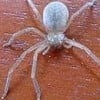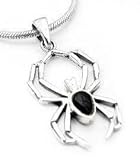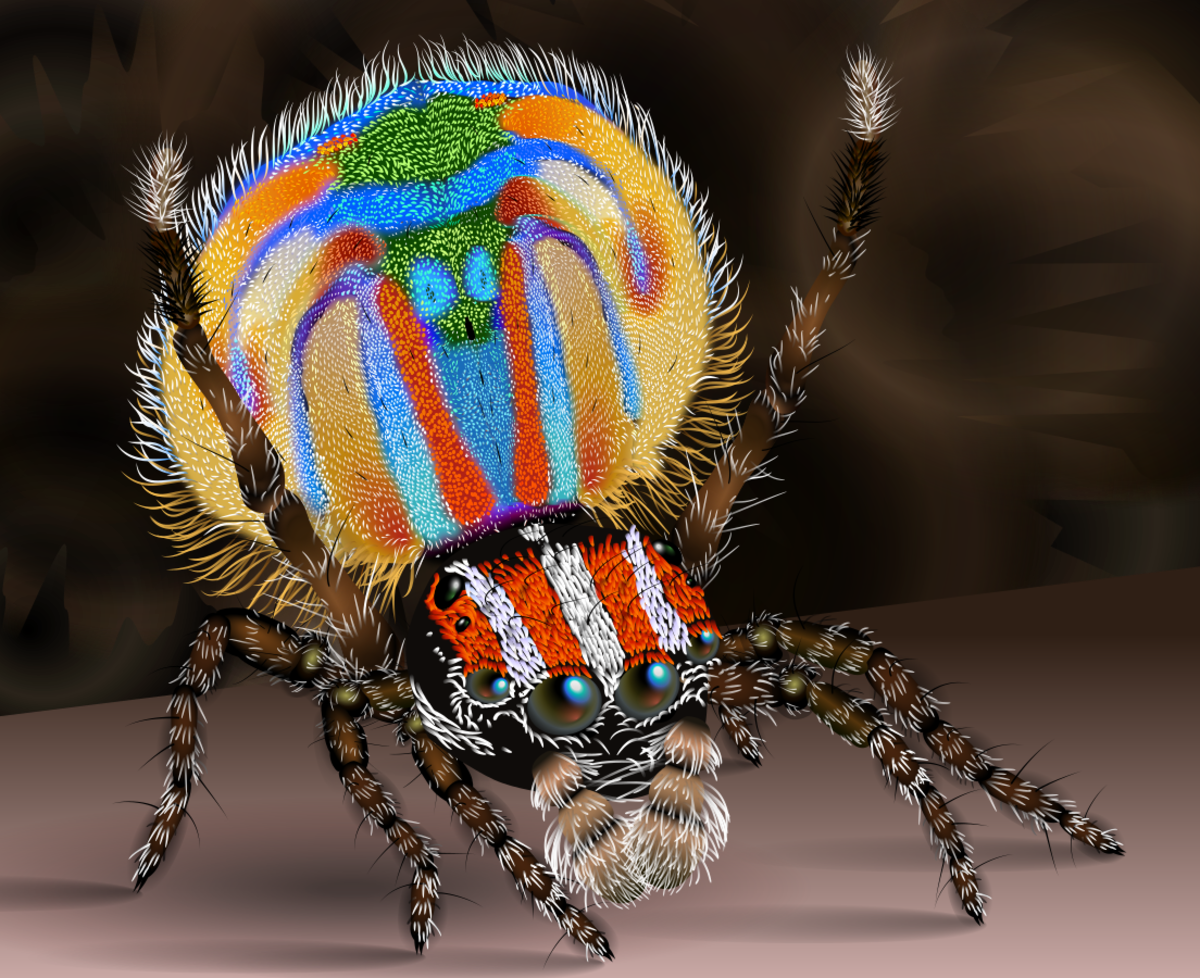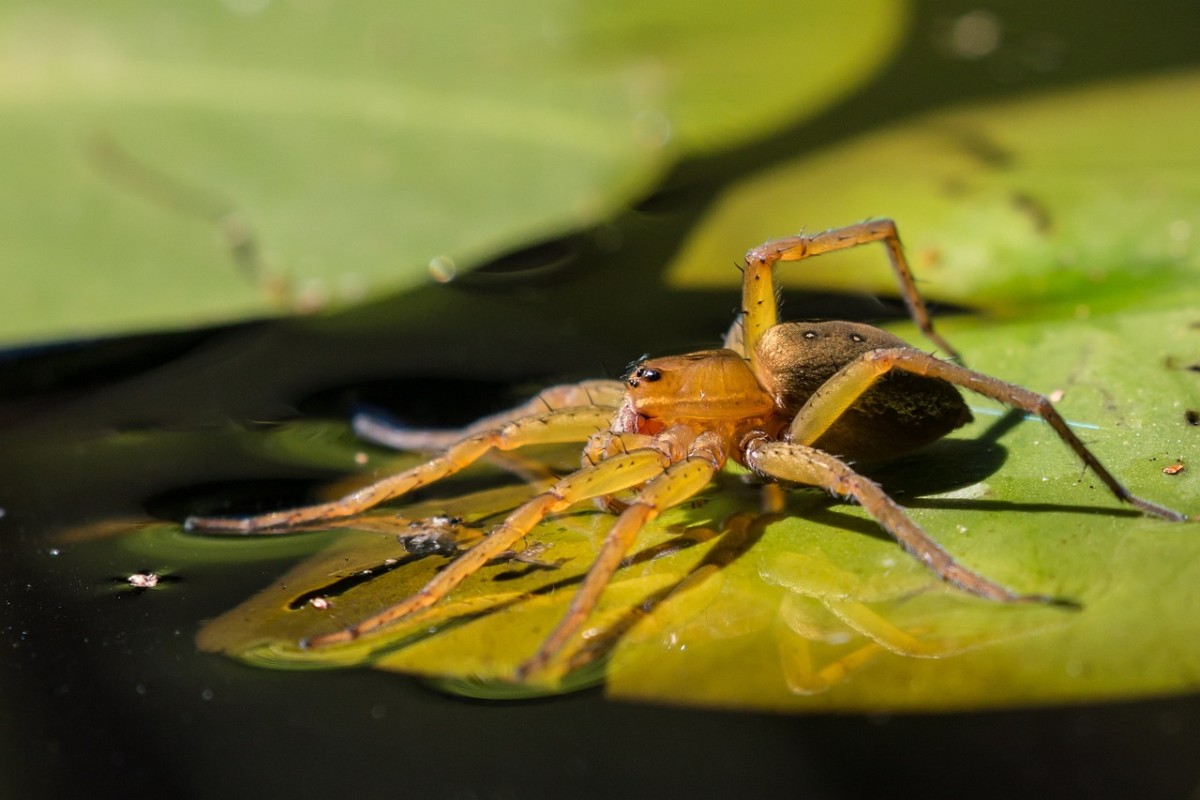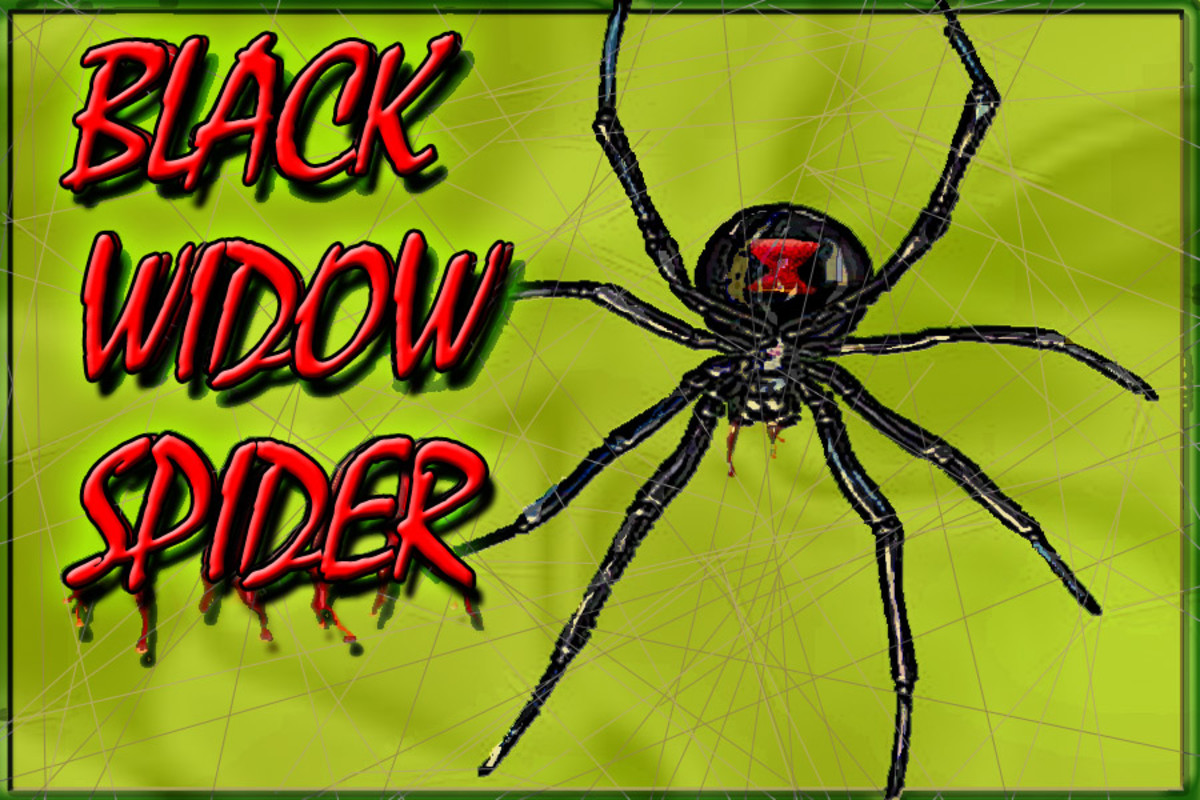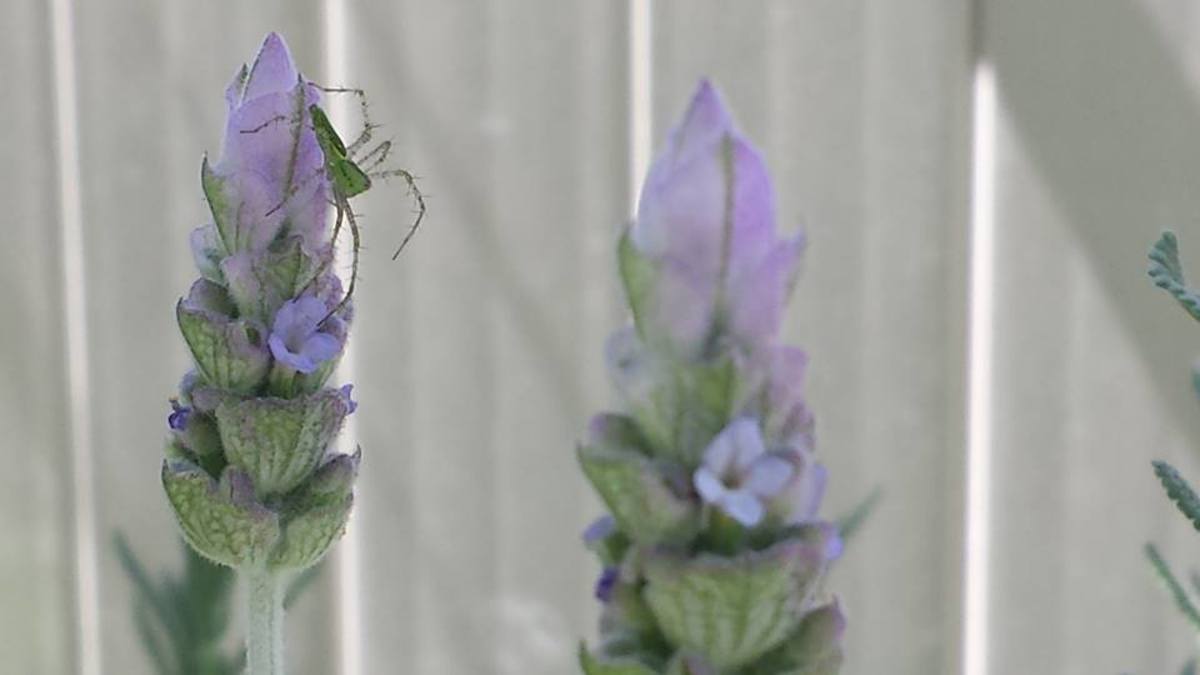- HubPages»
- Education and Science»
- Life Sciences»
- Entomology»
- Spiders & Arachnids
Don't Freak Out! Strange Facts About Our Friend The Spider

You’ve see them in the basement; you’ve see them in the attic; you’ve seen them in your garden, your bathroom, your car, and even your bedroom! Gangly, leggy monstrosities with more eyes than you can keep up with—creepy, scuttling vermin that give you the goosebumps whenever they pass. What are these things; have you just stepped into your own personal horror movie?! No! You’ve come across the common spider—those eight-legged, beautiful web-weaving, delicate warriors of the arachnid world who fight the good fight against disgusting insects behind the scenes for us humans every day. But since I know that lots of people find it hard to see them that way, I’ve collected some fun and interesting facts here to help you get to know our friend the spider a little better.
Did you know that one ounce of spider silk can stretch across the Atlantic Ocean! That’s right, just one ounce of spider silk and some innovative, hard-working spider can cross the ocean on an invisible gossamer thread, and start living the American dream.

Believe it or not spider silk is stronger than steel! Some people have suggested using spider silk instead of Kevlar to make bullet proof vests—theoretically a great idea—who wouldn’t want to stand in front of speeding bullet secure in the knowledge that they’re wearing a seemingly mythological stronger-than-steel vest of spider silk? I know I would feel like something right out of World of Warcraft. Alas, spiders only make a small amount of silk during their lifetime, and if you’ve ever tried to wrangle thousands (perhaps even millions) of spiders (believe it or not, I have!) you’d know it can’t possibly be worth it—no one could ever pay enough for that bulletproof vest. Other cultures have had better luck harnessing the power of the spider, though—people in the South Pacific encourage spiders to make webs between bamboo sticks, and then use them as nets in which to catch fish! Talk about a killer web.
Since we’re talking about spider silk, there are seven different kinds of it! That’s right, different spiders spin different kinds of silk for all sorts of purposes: to make the sticky webs with which we’re most familiar, to wrap prey like mummies in tiny cocoons, to make roofs for underground homes, and even to make tiny parachutes to float on air currents just like in Charlotte’s Web.

Before you go squishing every spider you see, remember that you need spiders in your house! A single spider in your home will eat up to 2,000 bugs in a year. Believe me, whether you realize it or not, those 2,000 bugs are in there or else the spider wouldn’t be. Can you imagine what would happen if the spider wasn’t there and all those bugs started piling up?! Yuck, that sounds like a horror story to me.
Spiders taste like…peanut butter! Bet you thought I was going to say “chicken” didn’t you? Seriously, though, in the South Pacific some people cook spiders into their recipes and others deep fry them. Casual diners report that they are sticky and nutty—like peanut butter. In Africa, some people capture large tarantulas, roast them over an open flame, and eat them the same way one would eat shrimp. Who’d have thought? You won’t see me sprinkling spiders on my toast any time soon.

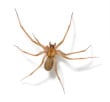
Everyone’s heard of the kinds of spiders who eat their mates once all “the fun” is said and done, but did you know that there are some altruistic spiders out there as well? The mothers in certain spider species, like the Australian Crab Spider, give up their bodies as food for their hundreds of babies. Isn’t that nice, in a creepy-crawly, cannibalistic sort of way?
Spiders may look scary, but they’re incredibly delicate. The spider’s exoskeleton might look like a tough piece of armor, but in fact it’s merely a paper-thin shell. That thin armor is all that stands between the world and a spider’s particularly gooey innards (they have no other skeletal frame). While this keeps them very light and makes it quite easy to walk about on their sticky webs—it also creates a problem. Especially in the cases of the larger tarantulas, a fall from even a short height can cause them to shatter like so much broken glass. If you’ve invested money in that gorgeous, hairy beauty from the pet store, make sure to handle her with care.
Guess what? Spiders are NOT poisonous! “What kind of silly thing is that to say,” you might be thinking, but it’s true. Something is poisonous if it makes you ill when you eat it. They might not be poisonous, but spiders are venomous, which means they can inject you with venom that might have an effect on you. So, you can eat spiders (although I wouldn’t necessarily recommend it), you just don’t want them to bite you.
In fact, don’t freak out, but MOST spiders are venomous—that’s right, almost every single one comes equipped with venom designed to paralyze prey (neurotoxin venom—that of the Black Widow) or to dissolve its flesh (necrotic venom—that of the Brown Recluse); however, most of them are harmless to humans. In fact, out of the 35,000 different species of spiders, only 27 of them are known to have caused human fatalities. That’s right, 34,973 species of spiders are probably your friend…or at least not your enemy.
So, don’t be so afraid of spiders, folks. Most of them can’t hurt you, they’re all performing an absolutely necessary service for the world, and they really are more afraid of us than we are of them (with the possible exception of Wolf Spiders—they don’t seem to be afraid of ANYTHING). That wraps it up for this installment of Amazing Arachnids. Do you have a cool spider fact or a funny, fascinating, or scary spider story? Share it here…you never know, it might just end up in the next article (with credit, of course). Keep a spider nearby and you won’t have to worry about most of the other creepy things in the world!
